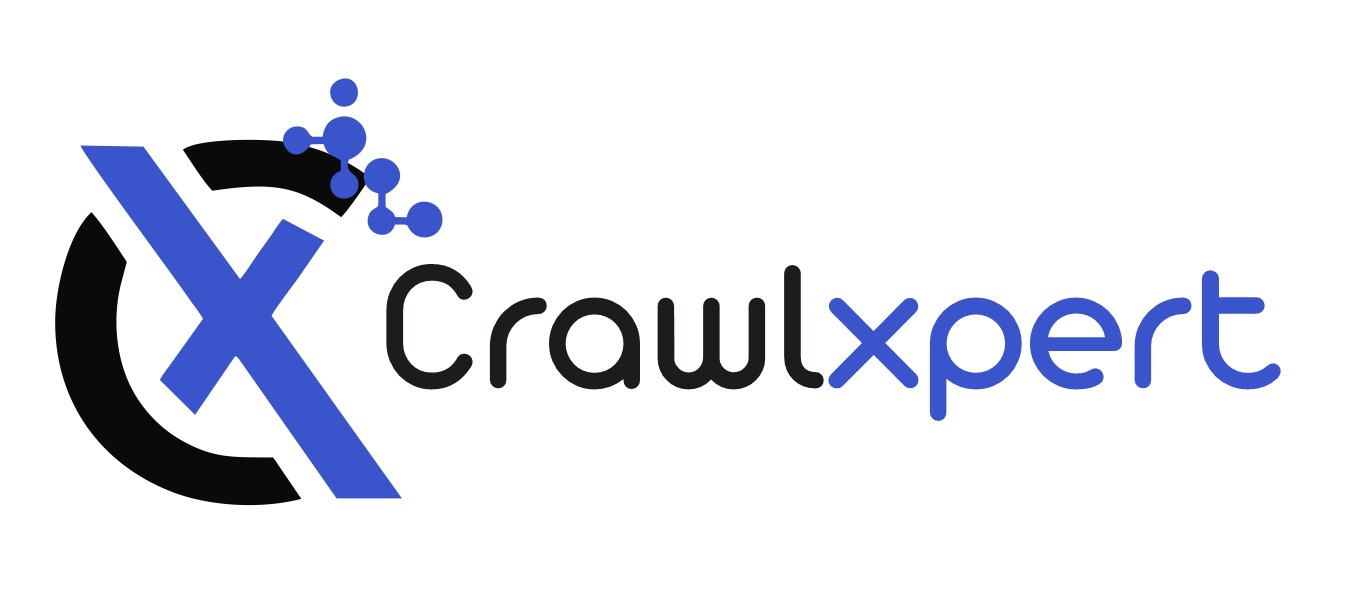
Analyzing Quick Commerce Customer Reviews with Web Scraping
Apr 14, 2025
Introduction
Quick commerce (Q-commerce) has changed the face of the e-commerce industry by offering hyperniche deliveries within hours for grocery items, essentials, or anything they can think of. It is an aim set by Instacart, Gopuff, Getir, Zapp, and Blinkit. However, they are always driven by the balance between customer experience and general satisfaction and successful outcomes.
To stay ahead, businesses need to understand customer sentiments by analyzing quick commerce customer reviews across multiple platforms. Web scraping customer reviews from various sources enables companies to extract valuable insights into service quality, delivery speed, product availability, and overall customer satisfaction.
This blog discusses how businesses could scrape quick commerce customer reviews, the methodologies needed, and how to use this data to gain a competitive advantage.
Why Scrape Quick Commerce Customer Reviews?
1. Understanding Customer Sentiments
- Analyzing customer reviews helps businesses assess positive and negative feedback.
- Identifying trends in common complaints (e.g., late deliveries, missing items, poor packaging).
2. Competitive Benchmarking
- Comparing customer reviews across multiple Q-commerce platforms helps businesses understand their position.
- Provides insights into strengths and weaknesses compared to competitors.
3. Improving Service Quality
- Businesses can make data-driven improvements by addressing frequently reported issues.
- Optimizing delivery logistics, refund policies, and packaging based on customer feedback.
4. Product Popularity Analysis
- Identifying the most liked or disliked products based on customer comments.
- Helps retailers stock up on in-demand products and phase out underperforming items.
5. Enhancing Marketing Strategies
- Customer sentiment analysis can shape brand messaging and marketing campaigns.
- Positive testimonials can be used in advertisements to build consumer trust.
Sources of Quick Commerce Customer Reviews
To effectively scrape quick commerce customer reviews, businesses must identify platforms where users share feedback:
- Quick Commerce App Stores (Google Play, Apple App Store)
- E-commerce Review Websites (Trustpilot, SiteJabber)
- Social Media Platforms (Twitter, Facebook, Reddit)
- Q-commerce Website Reviews (Instacart, Gopuff, Getir, etc.)
- Forums & Blogs (Customer discussion boards)
How Web Scraping Works for Customer Review Analysis
1. Identifying Target Platforms and Review Data Fields
Before scraping, businesses should define key review attributes:
- Review Title & Content: The core sentiment and details of customer experience.
- Star Ratings: Quantitative measure of customer satisfaction.
- Date of Review: Helps in analyzing recent trends.
- Customer Location: Useful for regional performance comparison.
- Keywords & Common Phrases: Identifying frequently mentioned terms (e.g., "fast delivery," "poor packaging").
2. Web Scraping Tools and Techniques
To efficiently scrape quick commerce customer reviews, businesses use various web scraping tools:
- Scrapy: A Python-based framework for large-scale review extraction.
- BeautifulSoup: For parsing and cleaning extracted review data.
- Selenium: For scraping JavaScript-rendered review sections.
- API Requests: Some platforms provide structured access to customer review data.
3. Data Cleaning and Sentiment Analysis
After collecting raw review data, businesses must:
- Remove duplicate or irrelevant reviews.
- Normalize data formats for consistency.
- Apply sentiment analysis models to classify reviews as positive, neutral, or negative.
- Extract keywords and topics from reviews using Natural Language Processing (NLP) techniques.
4. Data Visualization and Insights Extraction
Once cleaned, customer review data can be visualized using:
- Sentiment Trends: Line graphs tracking positive vs. negative reviews over time.
- Word Clouds: Highlighting commonly used words in customer feedback.
- Competitor Comparison Charts: Comparing review scores and sentiments across Q-commerce apps.
Challenges in Scraping Quick Commerce Customer Reviews
1. Anti-Scraping Protections
- Many platforms employ CAPTCHAs, bot detection, and IP blocks to prevent automated scraping.
- Solution: Use rotating proxies, headless browsing, and user-agent switching.
2. Frequent Website Layout Changes
- App stores and websites often modify their review structures.
- Solution: Implement adaptive scraping strategies that adjust to changes dynamically.
3. Large Data Volumes
- Scraping millions of reviews requires efficient handling.
- Solution: Implement incremental scraping and parallel processing for scalability.
4. Ethical and Legal Considerations
- Some platforms prohibit scraping in their terms of service (ToS).
- Solution: Utilize publicly available data and adhere to ethical guidelines.
Best Practices for Web Scraping Customer Reviews
- Utilize API Access When Available – Some platforms offer structured API endpoints.
- Respect Rate Limits & Avoid Overloading Servers – Prevent IP bans by using request throttling.
- Use Headless Browsers for JavaScript-Heavy Pages – Tools like Puppeteer and Selenium help extract dynamic reviews.
- Ensure Data Accuracy – Implement validation checks to prevent incorrect extractions.
- Monitor Scraper Performance – Regularly update scrapers to adapt to platform changes.
Future of Quick Commerce Customer Review Analysis
1. AI-Powered Sentiment Analysis
- AI and machine learning models will provide deeper insights into customer emotions and complaints.
2. Real-Time Customer Feedback Monitoring
- Businesses will integrate real-time review tracking dashboards to monitor service performance.
3. Enhanced Predictive Analytics
- Web scraping will enable businesses to predict service issues before they escalate.
4. Automated Customer Engagement
- Companies will use scraped review data to automatically respond to negative feedback and improve customer relations.
5. Integration with Business Intelligence Platforms
- Scraped review insights will be integrated with BI tools like Tableau, Power BI, and Google Data Studio for deeper analysis.
Conclusion
In the fast-paced world of ultra-quick delivery, scraping quick commerce customer reviews helps businesses understand customer satisfaction, improve service quality, and achieve a competitive edge. By leveraging web scraping techniques, businesses can gain valuable insights to enhance customer experience and brand reputation.
To explore advanced methodologies in quick commerce customer review scraping, CrawlXpert offers real-time data extraction and sentiment analysis. Partner with CrawlXpert to gain the upper hand in the Q-commerce landscape!

